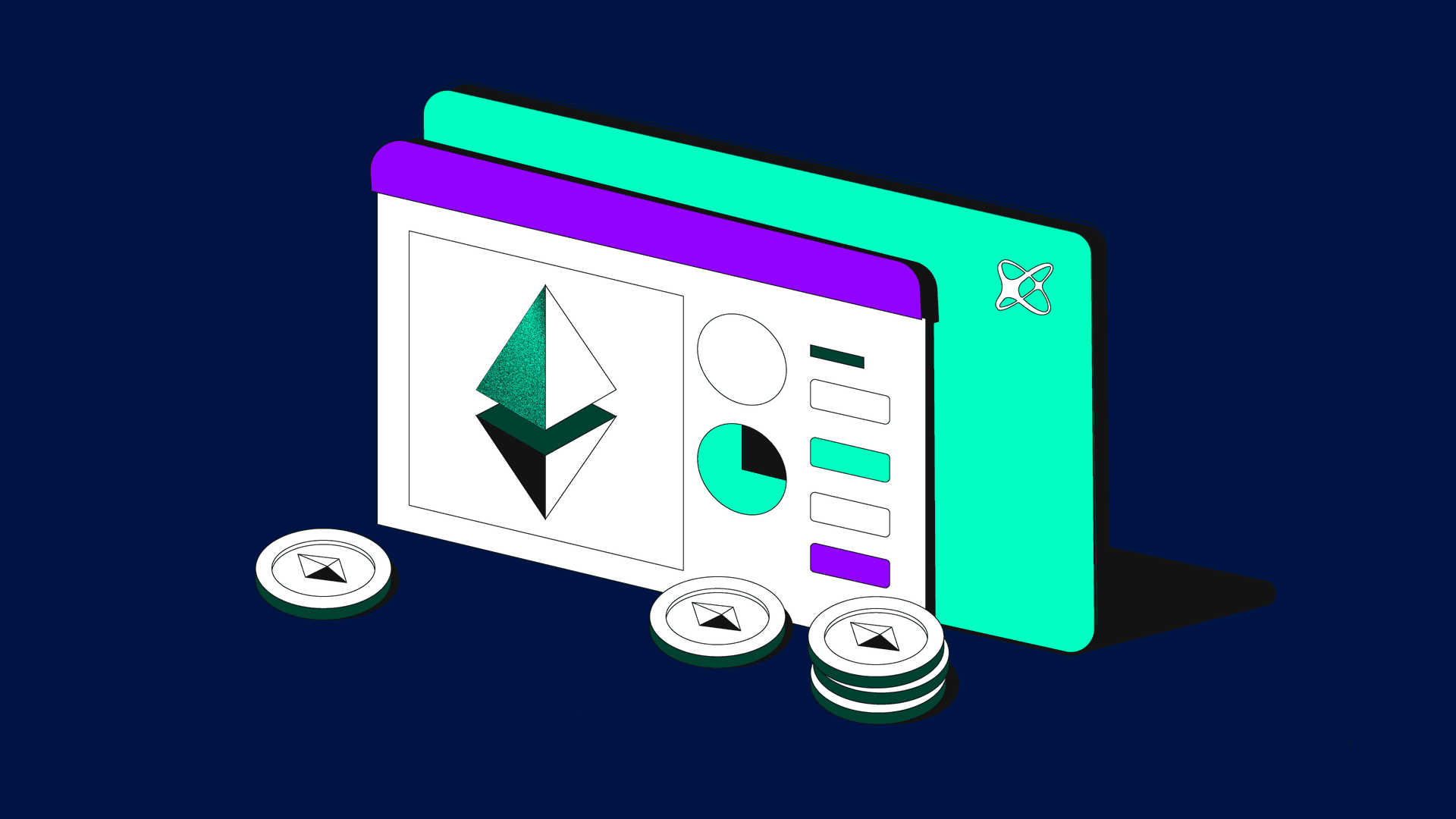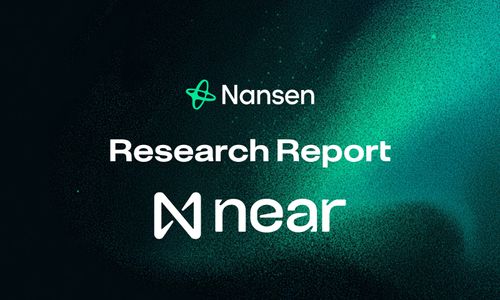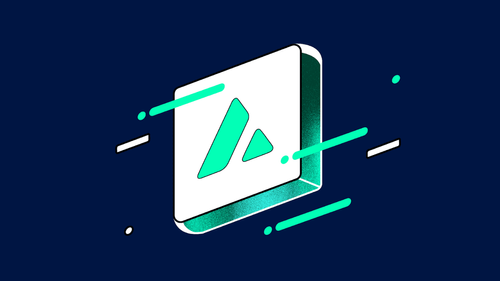Introduction
Currently, there is no clear definition of what a daily active user of a blockchain is, or what the user does on-chain. The number of active addresses on-chain is a flawed metric that is easily gamed and does not tell us much about general user behaviors or underlying patterns.
Our Approach
Many analytics platforms count an address with one or more outgoing transactions as a daily active user (DAU). This only tells us a little about what the underlying user is actually doing. To give user on-chain activity more color, we will group these DAUs into specific categories, and highlight visible on-chain behavioral patterns, utilizing our comprehensive entity label database. This report attempts to deliver a more analysis-useful definition of DAU and answer the question ‘Who is using the blockchain every day and what for?’
The report’s main question will be addressed by answering the following three underlying sub-questions:
- What are active addresses doing on-chain over time?
- What are new users doing on-chain?
- Who are the top counterparties of daily activity?
On-chain metrics will cover the activity, in 2023 YTD, of three clusters of addresses:
- Daily Users or addresses that are not labeled as “entities” by Nansen and that are not smart contracts. Their activity towards entities will be in scope here.
- Newly Funded Addresses (NFAs) are addresses that are neither “entities” nor smart contracts, and have received funding recently via ETH value flows (“traces”) or token transfers.
- Entities are functional addresses labeled by Nansen. This report will focus on entities associated with three major economic activities on-chain: DeFi, NFTs, and Scaling.
2023 Daily Active Addresses
To gain a first, high-level view of daily active addresses on Ethereum, we draw the 7-day moving average on the chart below. The chart does not remove any entities, contracts, or any other filters - it includes all daily active addresses.
For the better part of 2023, there have been over 300k daily addresses using the Ethereum blockchain that initiated a successful transaction to a different address. Given this, let's dive into more specific wallets to highlight some deeper trends. Specifically, we want to categorize the different kinds of behaviors of the daily active users.
Daily Active Users
To find users, we only consider Externally Owned Accounts (EOAs). From here, we only look at the successful transactions of these EOAs with their respective counterparties. The counterparty segments are broken down into high-level categories of “entities”:
- DeFi
- Addresses that fall under Lending, DEX, Derivatives, DeFi, Futures, AMM, Yield Farming, Stablecoin, Payments, Arbitrage, Leverage, Payments, Yield Optimizer, and Borrowing.
- NFT
- Addresses that fall under NFT, NFT Casino, NFT Marketplace, Metaverse, NFT Liquidity, NFT Pool, and GambleFi.
- Scaling
- Addresses that fall under Rollup, Scaling, Cross-Chain, Interoperability, Layer 2, Bridge, L2, and Sidechains.
A wallet may fall under one or more of these categories each day, depending on the individual wallet’s activity. For instance, if an address does a DEX trade on Uniswap today, they will be considered a ‘DeFi User’. Tomorrow the same address can make another DEX trade and buy an NFT, then it would be counted as a DeFi and NFT user for that day. In short, addresses’ actions are grouped for each day and will highlight potential narrative changes over time.
Since the start of 2023, the NFT user segment has decreased by over 50% in daily user count. Meanwhile, L2/Scaling users significantly rose in March (coinciding with zkSync’s public mainnet launch and Arbitrum’s airdrop) before falling back to previous levels in May. The number of “Scaling” entity users subsequently rose again and has remained at relatively consistent levels since June. DeFi users are by far the most dominant cluster. For reference on October 12th, the daily stats of DAUs for each category were:
- DeFi User: 92,333
- NFT User: 19,525
- L2/Scaling User: 20,914
On this October 12th snapshot, there are more than twice as many users of DeFi on Ethereum than there are users for NFTs and L2s/Scaling combined. Note that the above user count only covers 2023. To bring a historical overview, the chart below represents the user counts from 2021 on, capturing part of the bull run that started in Q2 2020 and ended in Q4 2021. The “NFT narrative” is especially striking in the 2021 surge of DAUs of NFT entities.
NFT users surpassed DeFi users at times in 2022, before starting a sharp decline from the beginning of 2023. Moving forward, this chart can be used as a macro metric to asses what users are doing on-chain. Additionally, another interesting observation of the above is that the DeFi user count seems to have reached a ‘cruise’ speed, sitting slightly below bull market levels. Of course, above, all daily active addresses are counted, regardless of wallet age, but what about new users?
First User’s Action After Being Funded
Next, we explore what the average new users are doing as their first action on-chain in 2023. DeFi continues to make up for the majority of new users’ first transactions. For new user actions, we put a threshold such that the newly funded wallet's first activity had to be within the first 7 days of being funded, and ignored it otherwise.
Users of ‘Scaling’ entities, only accounted for 9% of new users’ first transactions at the beginning of the year vs over 17% of new users as of October 12, 2023. These users’ first action on-chain, after they have funded a wallet on Ethereum is to bridge to L2s and other chains. Although the growing percentage of “Scaling” users certainly hints toward L2 adoption and scalability, it also highlights a potential increase in airdrop sybilling activity.
As for the number of users interacting with NFT entities, has sustained a downward trend in 2023, highlighting the lack of attractiveness of the NFT space for new wallets. At the start of the year, NFTs accounted for over 24% of new users’ first action whereas on October 12th, it was just over 6%.
Below is an alternative line chart view that simply shows the First User counts per category in absolute values.
Now that we have seen what users are doing on-chain, let's dive a bit deeper into who their counterparties are.
Entity Trends in 2023
For Entity trends, we look at the top entities that daily addresses have interacted with. Below is a chart showing the daily transaction counts of a few curated entities. We used a 7-day moving average to reduce the noise on particularly busy days.
DeFi activity accounts for a majority of activity, with ‘MEV, High Activity, and Market Maker’ at a distant second. The chart above makes it easy to toggle with transaction counts for entities but does not visualize transaction count growth in 2023. Using January 1st, 2023 as a starting point, we show the percentage change of address interaction till today, October 13th, 2023. We use a 7-day moving average to smoothen out the data:
The largest growing sectors YTD in 2023 are:
- Layer 2, Bridging, and Infrastructure: 149.28%
- DeFi: 51.92%
- CEX and CeFi: 47.04%
- Custody and Service Provider: 29.28%
- MEV, High Activity, and Market Makers: 5.45%
- NFTs and Gaming: -61.4%
All of the measured entity groups have seen increased activity YTD, besides the ‘NFT, Gaming and GambleFi’ segment which is down 61.4%.
The on-chain Ethereum landscape has experienced interesting shifts in user behavior and entity interactions in 2023. There have been over 300,000 daily active addresses on Ethereum. Within these active addresses, DeFi entities have remained the dominant counterparties. As of October 12th 2023, DeFi users alone outnumbered NFT and L2/Scaling users by more than double, reaffirming DeFi as the cornerstone of on-chain activity.
When it comes to new users, there has been a sharp decline in NFT interactions and an uptick in Layer 2 activities. The data suggests a pivot towards scalability solutions, with new users increasingly bridging to Layer 2 platforms as their first action. This shift aligns with a broader trend: L2/Scaling user counts have increased significantly, fueled by more efficient L2 infrastructure gaining adoption, and also potential airdrop farmers.
Entity interactions analyses further validate these trends. While nearly all sectors saw growth year-to-date based on incoming transaction counts, ‘Layer 2, Bridging, and Infrastructure’ led the pack with a 149.28% increase YTD. In contrast, the ‘NFT, Gaming, and GambleFi sector experienced a 61.4% drop in activity, mirroring the decline in NFT-focused new users.




